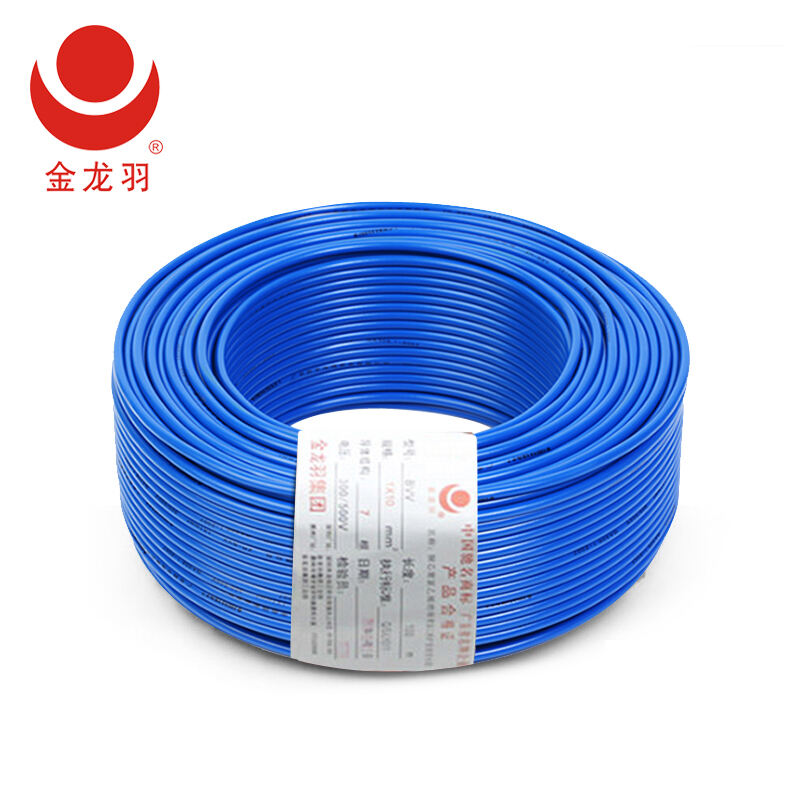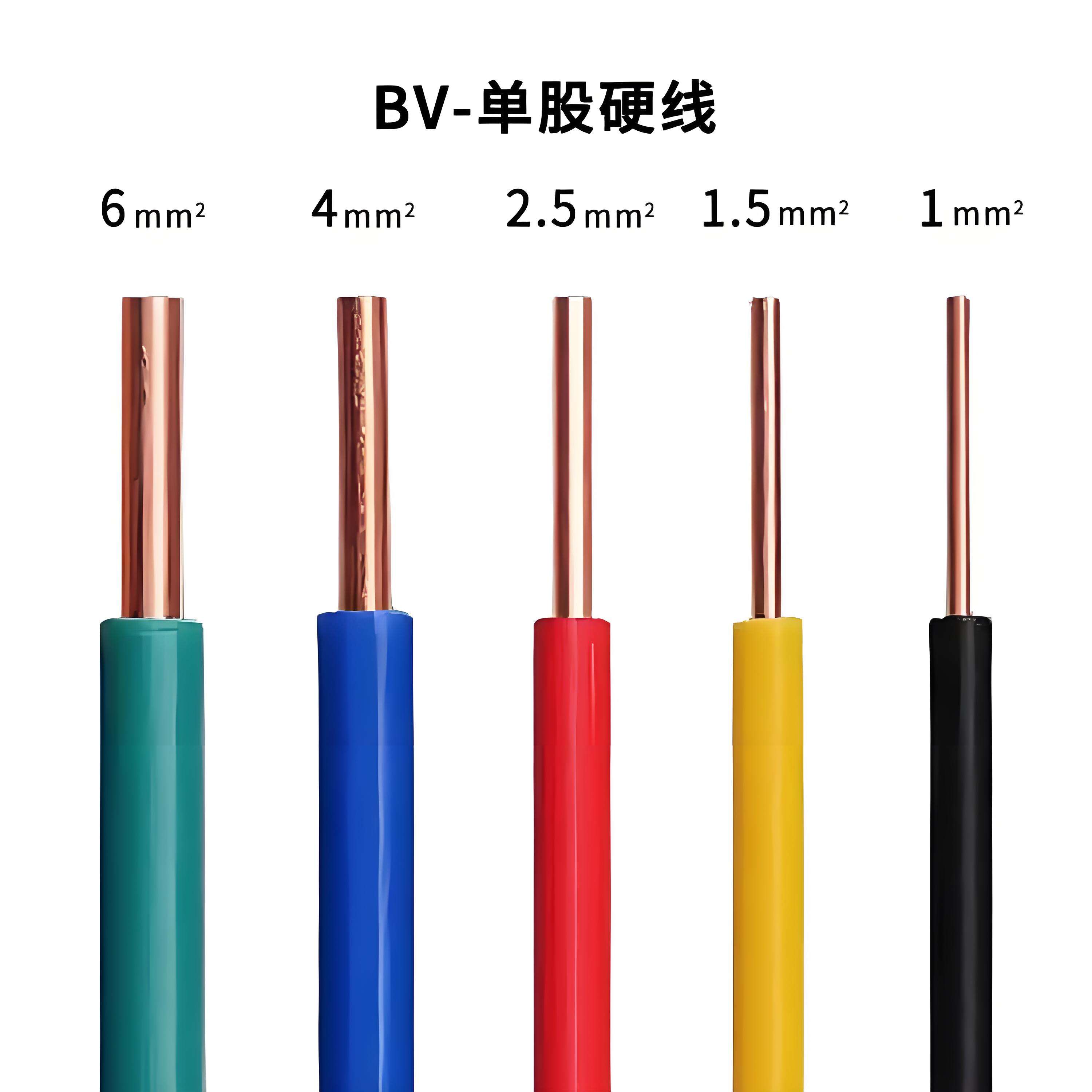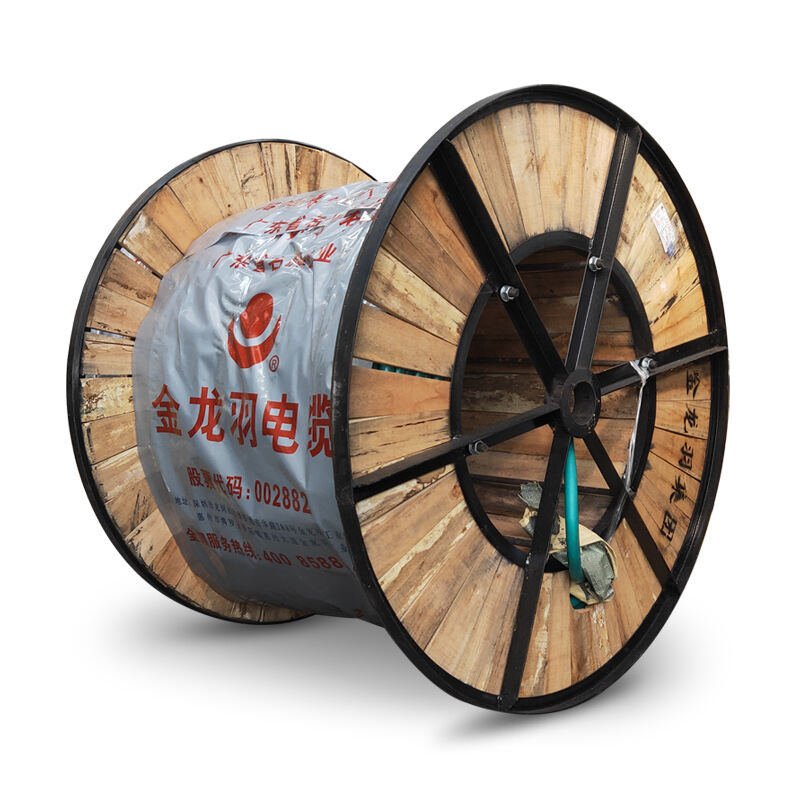Maintaining electrical cables is crucial for ensuring their longevity, safety, and optimal performance. Regular visual inspections should be conducted to check for signs of wear and tear, such as cracks in the insulation, exposed conductors, or corrosion. In areas with high humidity or exposure to chemicals, more frequent checks are necessary to prevent degradation of the cable's protective layers. Temperature monitoring is also essential, as overheating can significantly reduce the lifespan of electrical cables; infrared thermography can be used to detect hotspots without disrupting operations. Additionally, it’s important to keep the cable routing clear of debris and ensure that there is no excessive mechanical stress on the cables, like sharp bends or heavy objects pressing on them. For cables used in high - vibration environments, such as industrial machinery, periodic tightening of connections and reinforcement of supports can prevent loose connections that may lead to electrical failures. Testing the insulation resistance and continuity of electrical cables at regular intervals, following industry - recognized standards, helps in identifying potential issues before they escalate into major problems. Proper documentation of maintenance activities, including inspection dates, findings, and actions taken, is also vital for tracking the condition of electrical cables over time.


